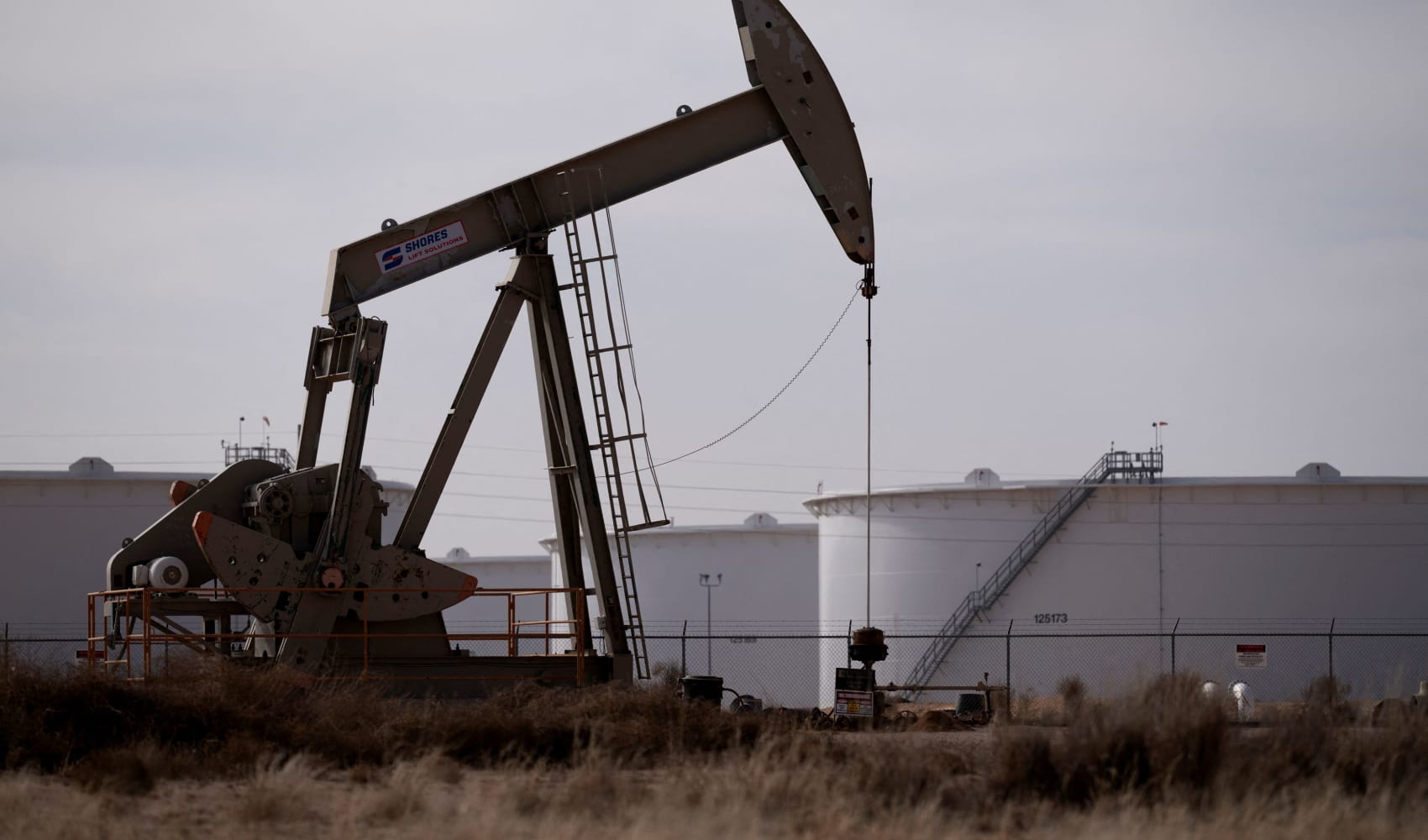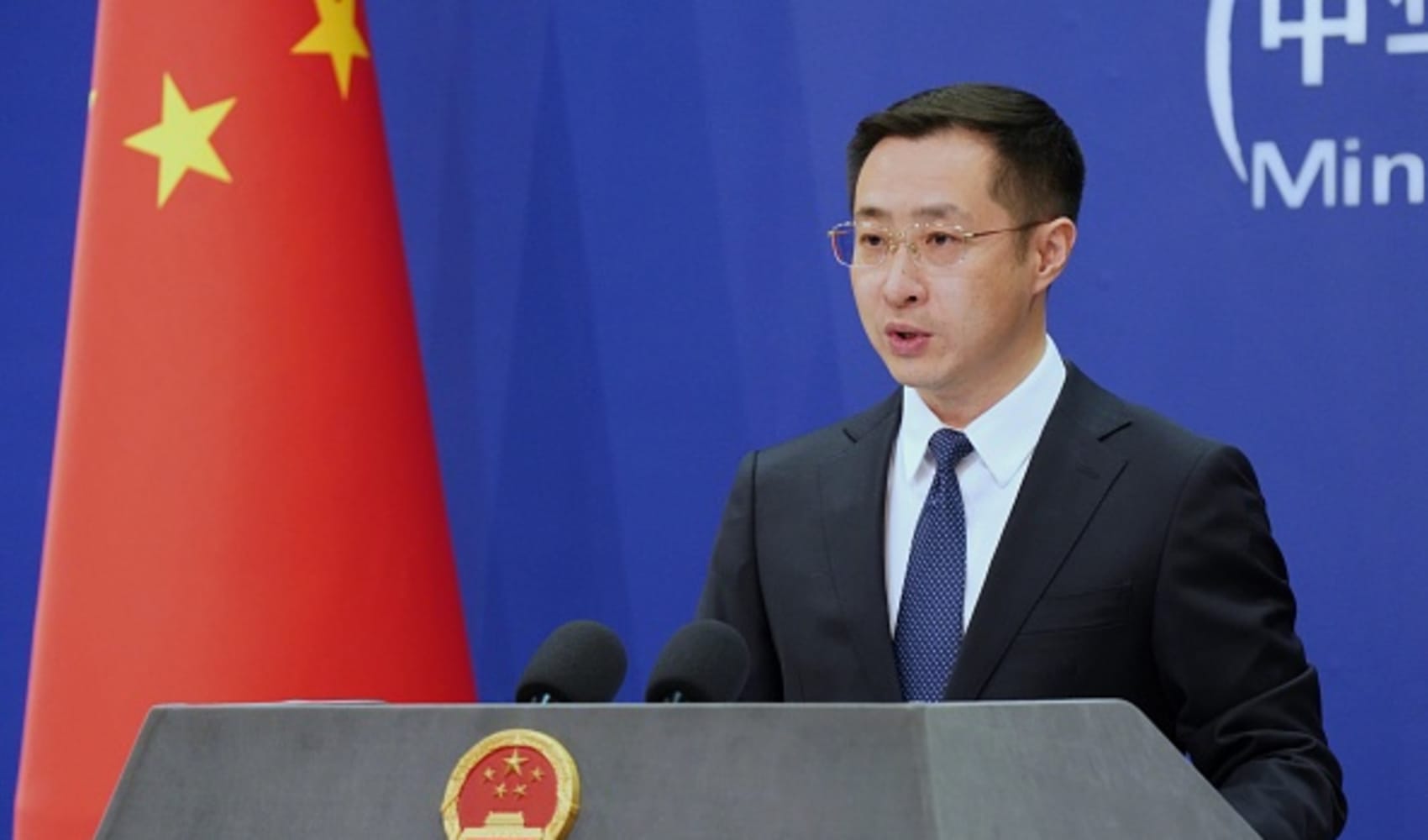U.S. Oil Peak? Diamondback CEO's Production Warning
Peak Oil Panic? Diamondback CEO Warns of U.S. Production Decline
Introduction: Is the American Oil Boom About to Bust?
Hold on to your hats, folks, because the American oil boom might be heading for a bumpy ride! The CEO of Diamondback Energy, Travis Stice, recently dropped a bombshell, suggesting that U.S. oil production has likely peaked and is poised for a decline. That's a pretty serious statement, considering the U.S. has been riding high as the world's top fossil fuel producer. But what's driving this potential downturn, and what does it mean for our economy and energy security?
Diamondback's Dire Prediction: Lower Prices, Lower Production
Diamondback Energy isn't just some small player in the oil game. They're a significant producer, so when their CEO starts sounding the alarm, people listen. Stice's warning centers around the impact of plunging crude prices. He argues that these low prices are creating a hostile environment for U.S. oil producers, leading to decreased drilling activity and, ultimately, lower production volumes.
The Price Plunge Culprit: Recession Fears and OPEC+
So, what's behind this price plummet? Well, it's a multi-faceted issue. On one hand, there are growing fears of a global recession, fueled in part by trade tensions and other economic uncertainties. These fears dampen demand expectations, putting downward pressure on oil prices. On the other hand, OPEC+ (the Organization of the Petroleum Exporting Countries and its allies), led by Saudi Arabia, is increasing its oil supply, further contributing to the glut in the market. This combination of lower demand and higher supply is a recipe for lower prices.
The Domino Effect: Jobs, GDP, and Trade Balance
Stice isn't just worried about Diamondback's bottom line. He's concerned about the broader economic implications of declining U.S. oil production. He warns that it could lead to job losses in the energy sector, slower GDP growth, and a worsening trade balance. Think about it: if we're producing less oil, we're importing more, which can negatively impact our trade balance. It's a chain reaction, with potentially far-reaching consequences.
Energy Security Under Threat: Dependence on Foreign Oil?
Perhaps the most concerning aspect of this potential decline is the threat to U.S. energy security. For years, the U.S. has been striving for energy independence, reducing its reliance on foreign oil. A significant drop in domestic production could reverse this trend, making us more vulnerable to geopolitical instability and price volatility. Do we really want to go back to being heavily dependent on other countries for our energy needs?
Inflation-Adjusted Prices: A Grim Comparison
Stice points out that, adjusted for inflation, current front-month oil prices are nearing levels not seen since the early 2000s. That's a stark reminder of how challenging the current market conditions are for U.S. oil producers. These are tough times for the industry, making it difficult to justify new drilling projects or even maintain existing production levels.
The Shale Revolution's Sunset? Is It Really Over?
The U.S. oil boom of the past decade has been largely driven by the shale revolution, with techniques like hydraulic fracturing ("fracking") unlocking vast reserves of oil and gas. But is the shale revolution running out of steam? The answer isn't a simple yes or no. While some shale basins are maturing, others still hold significant potential. However, the economics of shale production are highly sensitive to oil prices. Lower prices mean lower profits, which can stifle investment and slow down production growth.
Fracking Under Fire: Environmental Concerns Add Pressure
Beyond the economic challenges, the fracking industry is also facing increasing scrutiny due to environmental concerns. Issues like water contamination, induced seismicity (earthquakes), and methane emissions are raising questions about the long-term sustainability of shale production. These concerns could lead to stricter regulations, further increasing the cost of production and potentially limiting future growth.
The Permian Basin: Can It Save the Day?
The Permian Basin in West Texas and Southeast New Mexico has been the engine of U.S. oil production growth in recent years. Its vast reserves and relatively low production costs have made it a key player in the global oil market. But even the Permian Basin isn't immune to the challenges posed by low prices. While it may be more resilient than other shale basins, it's still susceptible to a slowdown in activity if prices remain depressed for an extended period.
The Future of Drilling: Efficiency vs. Expansion
In the face of low prices, oil companies are focusing on improving efficiency and reducing costs. This means drilling fewer wells, but making those wells more productive. They're also employing new technologies and techniques to optimize their operations. However, efficiency gains can only go so far. At some point, you need to drill new wells to maintain or increase production. And that requires higher prices to justify the investment.
OPEC's Influence: A Constant Balancing Act
OPEC's role in the global oil market cannot be overstated. The organization's decisions on production quotas can have a significant impact on prices. Currently, OPEC is increasing production, putting downward pressure on prices. But that strategy may not be sustainable in the long run. If prices fall too low, it could hurt OPEC's own members. The oil market is a complex game of supply and demand, with OPEC playing a crucial, and sometimes unpredictable, role.
Geopolitics and Oil: A Volatile Mix
Geopolitical events can also have a significant impact on oil prices. Conflicts, sanctions, and political instability in oil-producing regions can disrupt supply and cause prices to spike. The world's oil supply is concentrated in some politically volatile regions, and that creates a constant risk of disruption. Geopolitical tensions can be a wild card in the oil market, adding another layer of uncertainty to the outlook.
The Rise of Renewables: A Long-Term Shift
While the short-term outlook for oil production may be uncertain, the long-term trend is clear: the world is moving towards cleaner energy sources. Renewable energy technologies like solar and wind are becoming increasingly competitive, and governments around the world are implementing policies to promote their adoption. While oil will likely remain an important part of the energy mix for decades to come, its dominance is gradually being challenged by renewables.
Consumer Impact: Gas Prices at the Pump
The price of oil has a direct impact on the price of gasoline at the pump. When oil prices fall, gas prices tend to follow suit. So, consumers may see some short-term relief at the gas station if oil prices remain low. However, it's important to remember that gas prices are also influenced by other factors, such as refining costs, taxes, and seasonal demand.
Investing in Oil: A Risky Business?
Investing in oil companies can be a lucrative opportunity, but it's also a risky business. The oil market is volatile, and prices can fluctuate wildly depending on a variety of factors. Investors need to carefully consider the risks and rewards before putting their money into oil stocks. Diversification is key, and it's important to do your research before making any investment decisions.
Conclusion: Navigating the Uncertain Oil Landscape
The U.S. oil industry is facing a complex and uncertain future. While the long-term trend may be towards renewables, oil will remain a crucial part of our energy mix for the foreseeable future. The warning from Diamondback's CEO serves as a reminder that the U.S. oil boom may not last forever, and that we need to be prepared for potential declines in production. This could impact jobs, the economy, and our nation's energy security. It’s essential to monitor market trends, adapt to changing conditions, and continue exploring innovative solutions to ensure a secure and sustainable energy future.
Frequently Asked Questions
Q1: What does "peak oil" actually mean?
A1: "Peak oil" refers to the point in time when the maximum rate of global oil production is reached, after which production will inevitably decline. Think of it like squeezing water out of a sponge – at some point, you can't get any more out, no matter how hard you squeeze.
Q2: How will lower oil production affect the average consumer?
A2: In the short term, lower oil prices might translate to cheaper gasoline at the pump. However, if U.S. production falls significantly, we could become more reliant on foreign oil, making us vulnerable to price spikes and geopolitical instability. It's a bit of a double-edged sword.
Q3: Are renewable energy sources a viable alternative to oil?
A3: Absolutely! Renewable energy sources like solar and wind are becoming increasingly competitive and are a key part of a sustainable energy future. While they may not completely replace oil overnight, they offer a cleaner and more secure energy supply.
Q4: What can the government do to support the U.S. oil industry?
A4: The government could explore various policies, such as tax incentives for domestic production, streamlining regulations to reduce costs, and investing in research and development to improve efficiency and reduce environmental impact. However, there's a balance to be struck between supporting the oil industry and promoting the transition to cleaner energy sources.
Q5: What are the key factors to watch for in the oil market?
A5: Keep an eye on global economic growth, OPEC's production decisions, geopolitical events, and advancements in renewable energy technologies. These factors all play a significant role in shaping the oil market and influencing future prices and production levels.

